PEARSON AGUILAR is an emerging visual artist composing experimental video work in the south-east of Naarm. Inspired by different perspectives of raw and authentic moments, his passion for photography has naturally transformed into a videography practice that explores sound, moving imagery and its influence on emotions.
Pearson’s first commission was intimate – a devoted video work for ‘Embodied Archiving: Migrant Hostel’ led by Dr Tania Cañas as part of the New Ground 2023 Bunjil Place Commission. As one of the seven artists involved, Pearson tenderly captures the exchange between artists, family, friends and residents as they flick through memories and share intergenerational stories at the former Springvale Migrant Hostel (now a retirement home).
NEW GROUND
Fathiah Raihan: How did you feel when you were approached to be a part of the New Ground commission?
Pearson Aguilar: Oh, I was really excited, because I’ve never been a part of something like that, a commission where I’m being paid for something. I was like, “Oh, am I getting paid?”. I usually make art for the love of it. It was interesting, the whole concept and the site visit and all that, putting it together and not having an expectation of what it would be like on the day (of screening). I could do my own thing. I literally didn’t show anything (to Tania) throughout and she just trusted that.
I was like, that’s cool. I like that. I respected that.
FR: Did you have your own personal connection to the Springvale Migrant Hostel?
PA: I didn’t. I felt a bit different, because I was born here. But I’m from a migrant family as well. So listening to their stories and being able to capture that I think it was nice, really intimate. Hearing about what the place used to look like and what it is now. Being in the hostel, learning English, knowing their hardships and what they went through. And seeing a different perspective on coming from a migrant family or actually migrating and having to go through all these changes. I myself haven’t even been back to the Philippines where I’m actually from…that’s where I’m gonna go next.

FR: I like the connection between visiting the migrant hostel and reflecting on your own migration history in your family.
PA: Yeah. I don’t know if I was unconsciously doing it. But I think I was reflecting on it. Like, ‘Oh, where is everyone from?’. And (family members) knowing different dialects that they spoke at some family parties made me think, ‘How do we know that? How do you know that dialect?’.
ROOTS
FR: When did your interest in videography begin?
PA: I think where I got that from was when I started to gain an interest in photography. I was just doing it on the street, going into the CBD and walking around, learning as I go. And using a film camera. And then I started to do more video, with Ernesto.
FR: How did that transition between mediums happen?
PA: I just thought it was more interesting to me. Like, I was finding different things to use, just around the household. And going back to my parents house, they’d give me cameras and stuff to play around with. My dad would have film cameras. He’d have old, old analogue cameras.
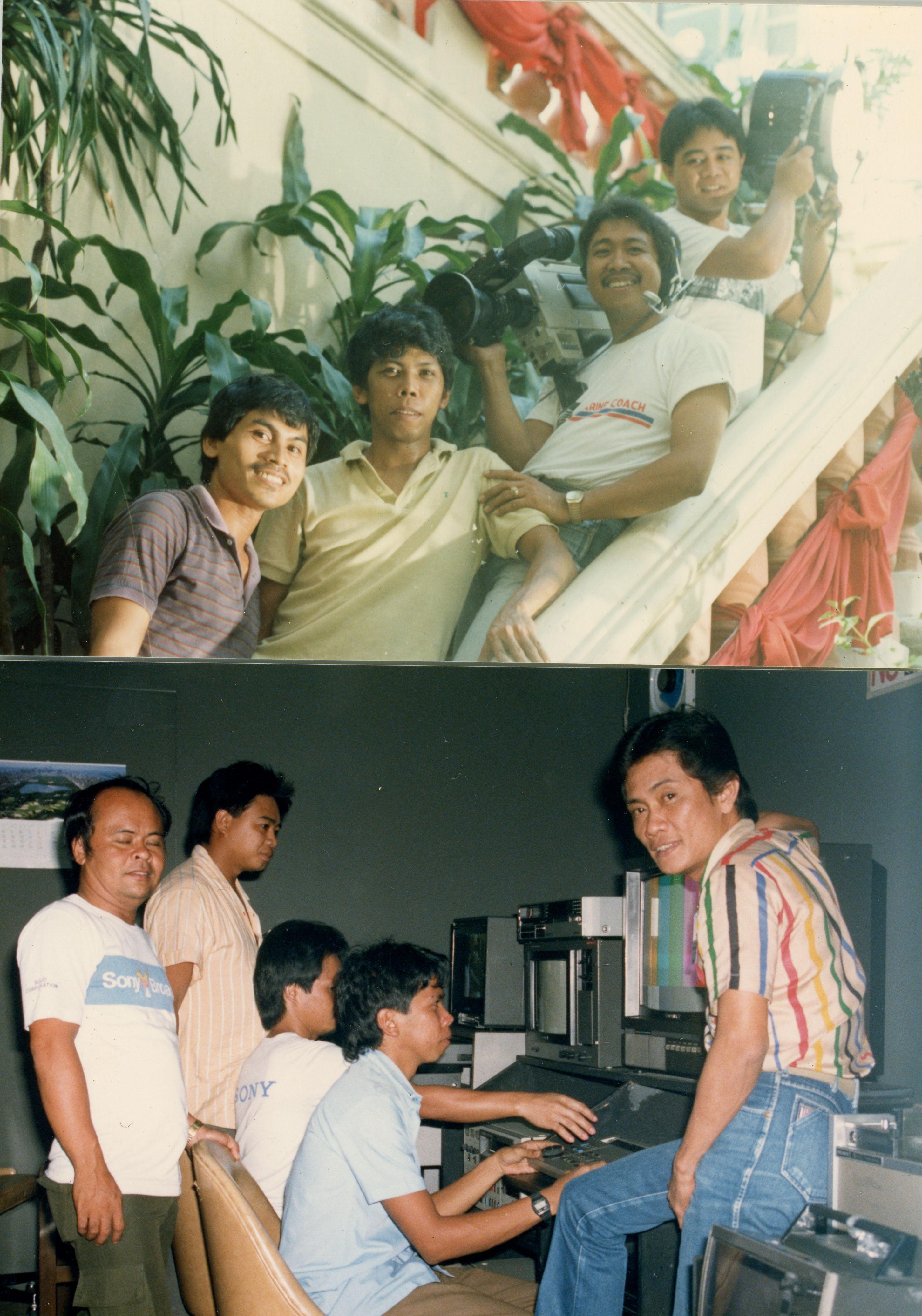

FR: It sounds like you’ve seeped in what your dad did. Was your dad a photographer as well?
PA: He would just collect stuff. He worked for Sony in the Philippines so he would collect a lot of video cameras. Some still have Savers stickers on them. He used to record a lot of family videos using a lot of the old equipment that I use now. There’s a lot of stuff that my dad records and is just sitting there. But archiving them from analogue to digital and just letting them see it again, in a different way, or them being able to watch it directly instead of plugging in all these cables from a camera, they can look over the past. That’s what I’m doing now. I want to capture nice moments, that sort of feeling when you watch them over. I would thank my past self for investing in a couple of these things.
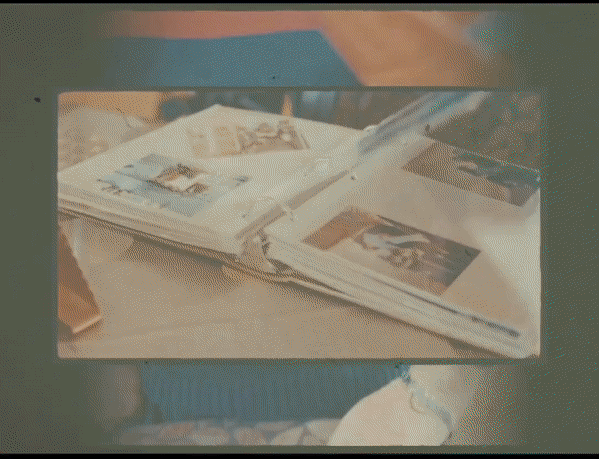
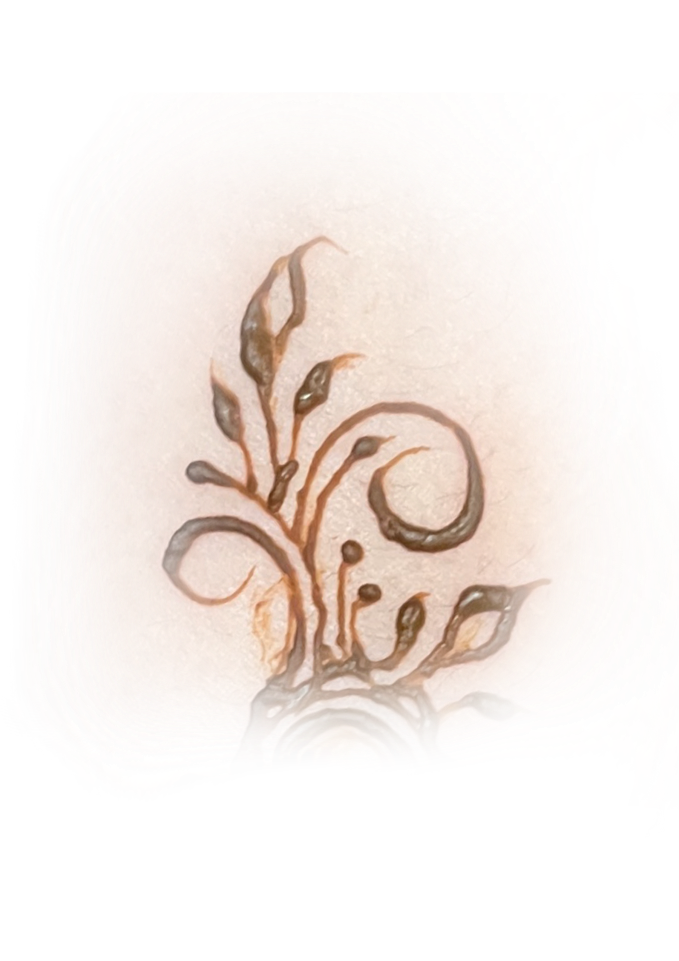
FR: That’s so special. It’s such a treasure to have that history documented.
PA: Yeah, at the site visit I did like seeing the albums. It was really cool to look at, when they had them out during lunch. Flicking through them I was like, ‘Oh, wow’. I like doing that. Looking back at the past. I noticed my parents did take a lot of photos and they have some from the 70s. You can see (the difference in) the quality of the photos when it’s like the 90s. Looking at those albums (at the hostel) just gave me that feeling of like, ‘Oh I love flicking through albums’.
FR: I love that, it’s important work to be able to get access to the past and the history and it really puts things into perspective.
PA: Yeah, I always had some sort of interest in art like this. I would have just been unconsciously looking around at it. But (my practice) just came late, like now, in the past 2-3 years. It’s kind of cool. Nowadays, my dad and uncle get a bit excited to show me some old stuff because I’ve shown interest in it.

I always hear stories from them about my grandpa. I’ve never met him. Passed away. But he used to paint. I never really thought about it as a kid to look into it, but now that I’m older, I’ve learnt to appreciate that past. People in the family might not be as drawn to it, but (I could be) showing them what it looks like. And in this day and age, imagine being able to gift someone a photo book for Christmas.
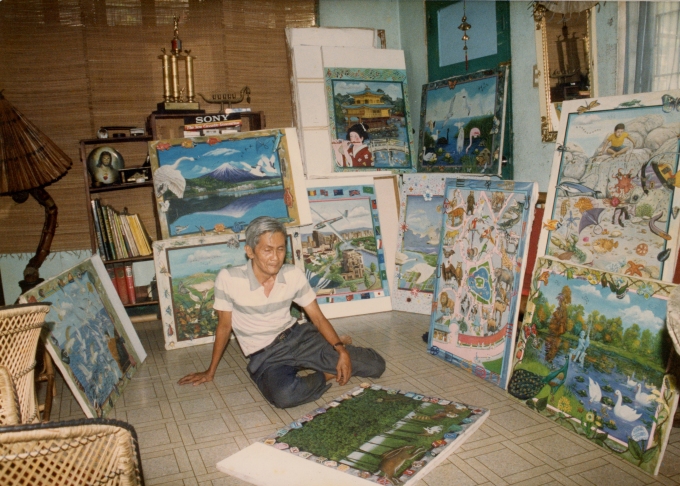

EMERGING
FR: What’s it like being a creative?
PA: There are times where it’s hard, where I’m in a creative rut where I’m just like, ‘What can I do?’. But when I got the call to do (the commission), I felt some spark and thought, ‘Oh my God, let me get back into it’. So that when I’m recording on the day, I know what I’m doing. But yeah, it just came back.
FR: Do you know what puts you into that creative rut?
PA: It’s like you’re at a high and then you drop. But I think you just gotta learn to ride it like a wave and not to have any expectation of staying at a high. Come down, come up. I wasn’t creating stuff. But I was still watching things. Just learning. Learning how to use things, how to edit things. Just looking at things, you get inspired.
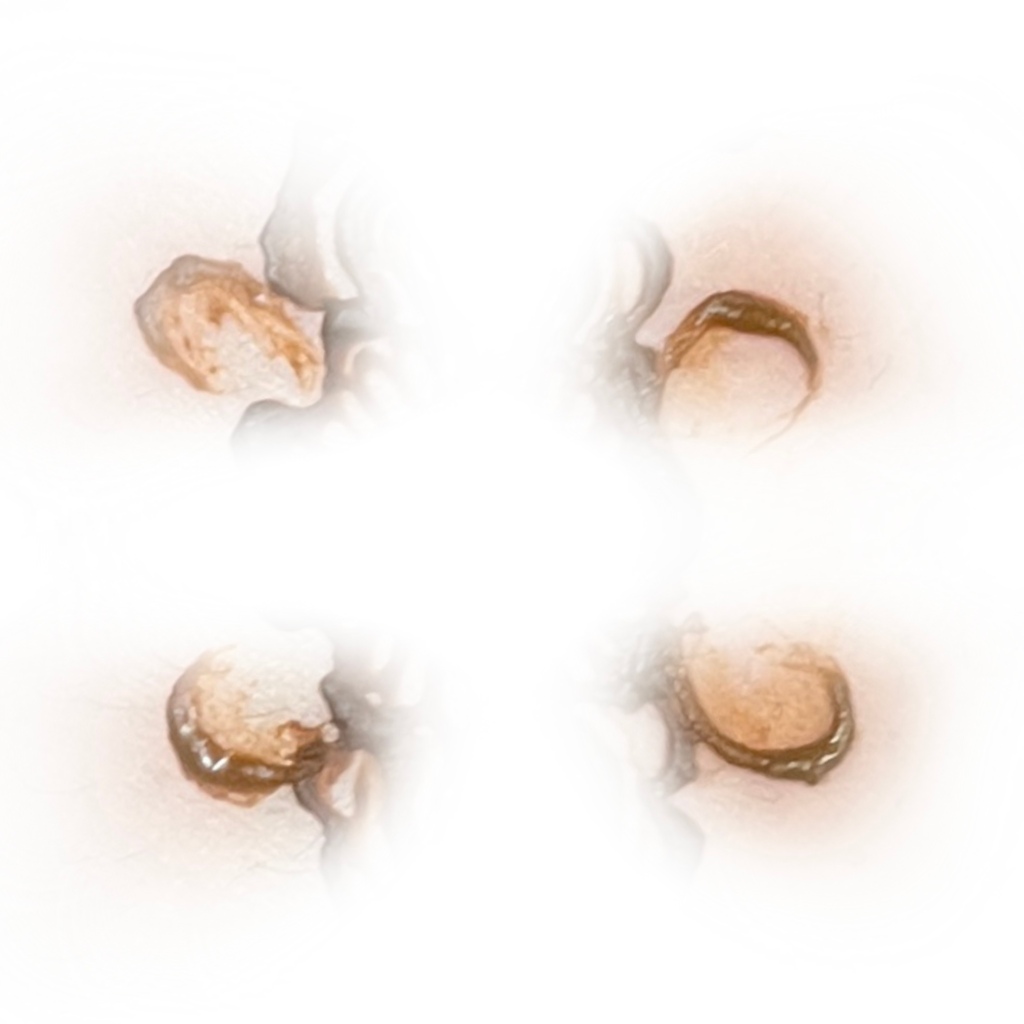
FR: What point of the hill/wave are you at right now?
PA: I’m just declining a little bit (from a high). I want to go back. I want to be able to go back up quickly. There’s always things going on in my life, but I’m finding ways to stay in (my practice). Incorporating it in like, a camping trip for example.
FR: Are you proud of the work that you’ve shared so far?
PA: Yeah. It’s different. From where I was, now that I look back on it, the stuff I’m doing, it’s actually gotten better. I gotta stop being hard on myself. And just let myself flourish or change, everyone will change in a way. I can’t hold on to things and I can only learn. After the commission, it was cool to look back. I thought, ‘Okay, keep going. See what you can do’. And just from that commission itself, I met other people like Tania, pushing you and referring you to do things or giving you praise for your work as well.
It’s good. Really good.
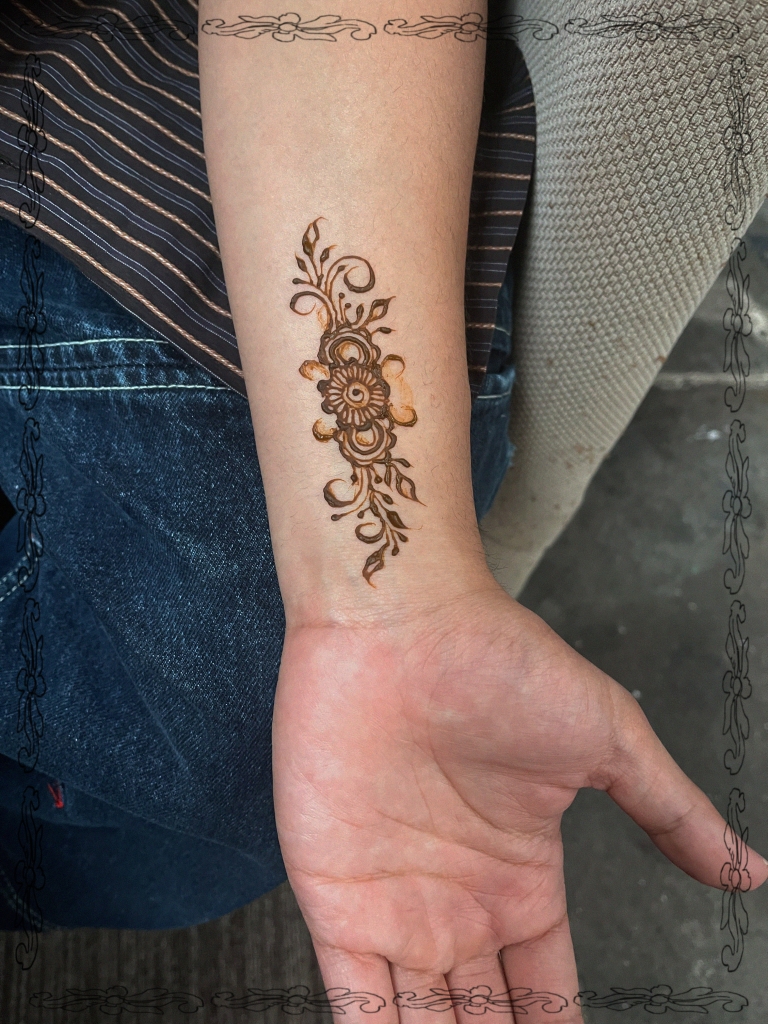
You can follow Pearson on Instagram @pearson.aguilar
All images and videos sourced from Pearson Aguilar.
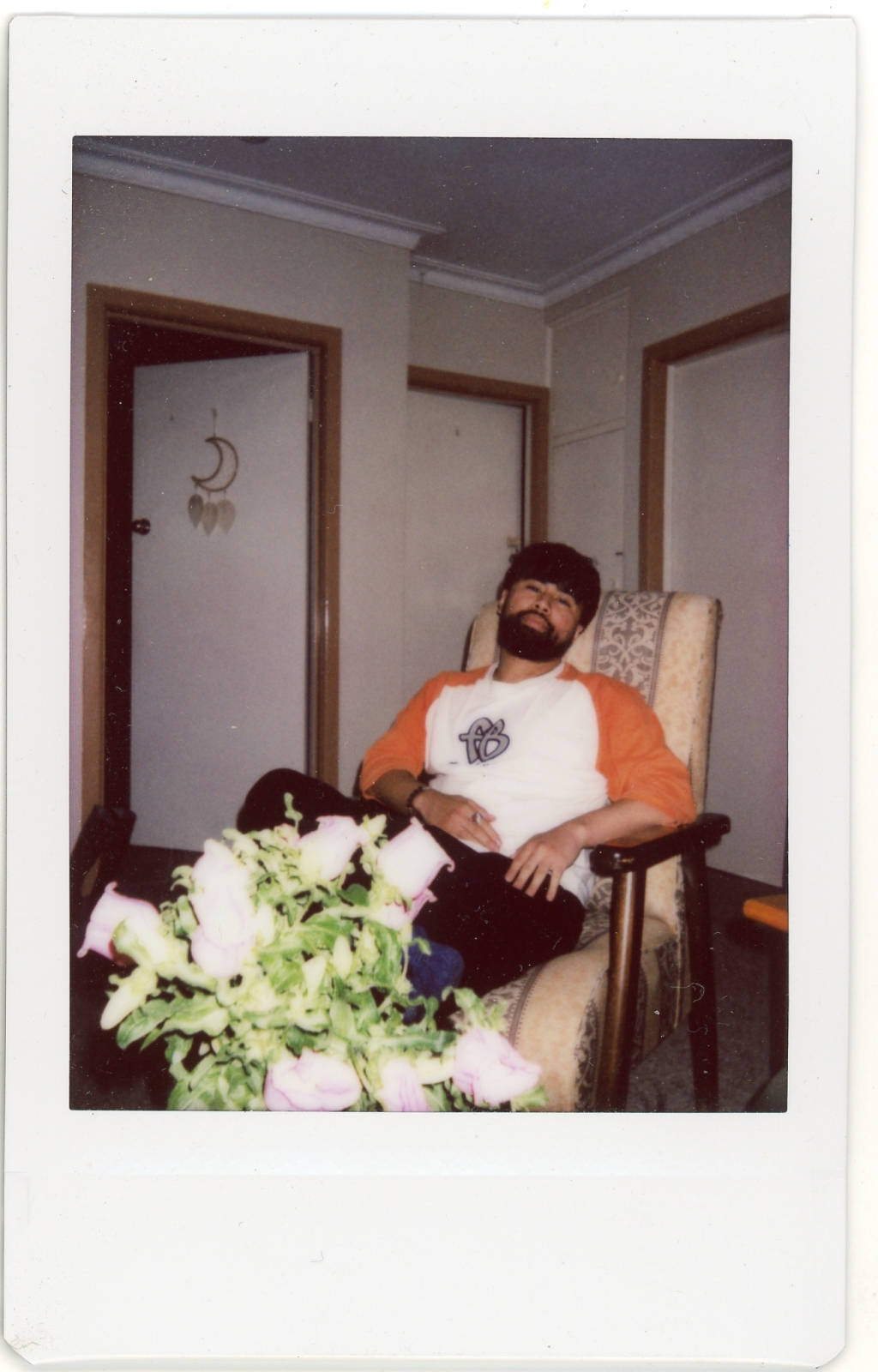
Leave a comment